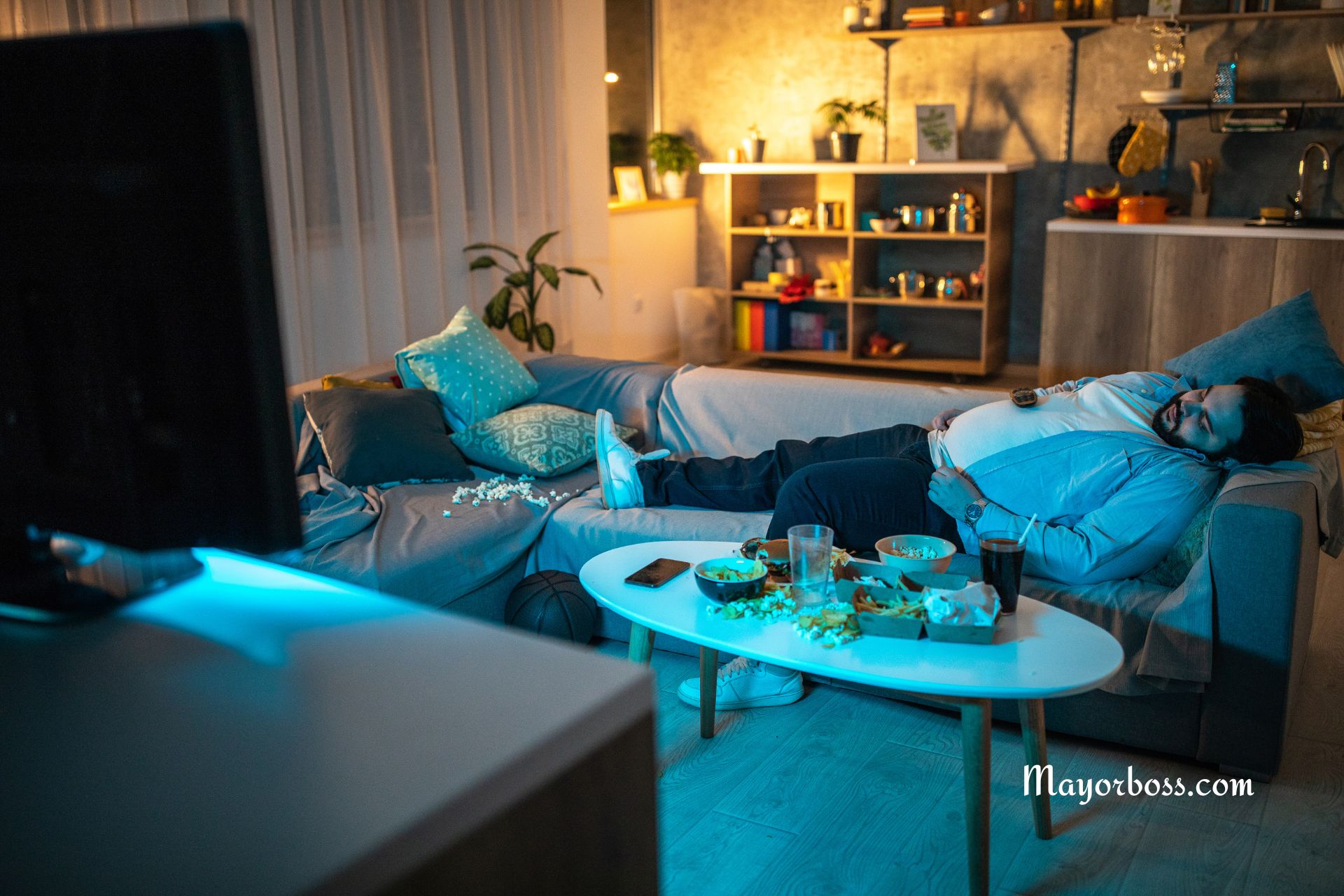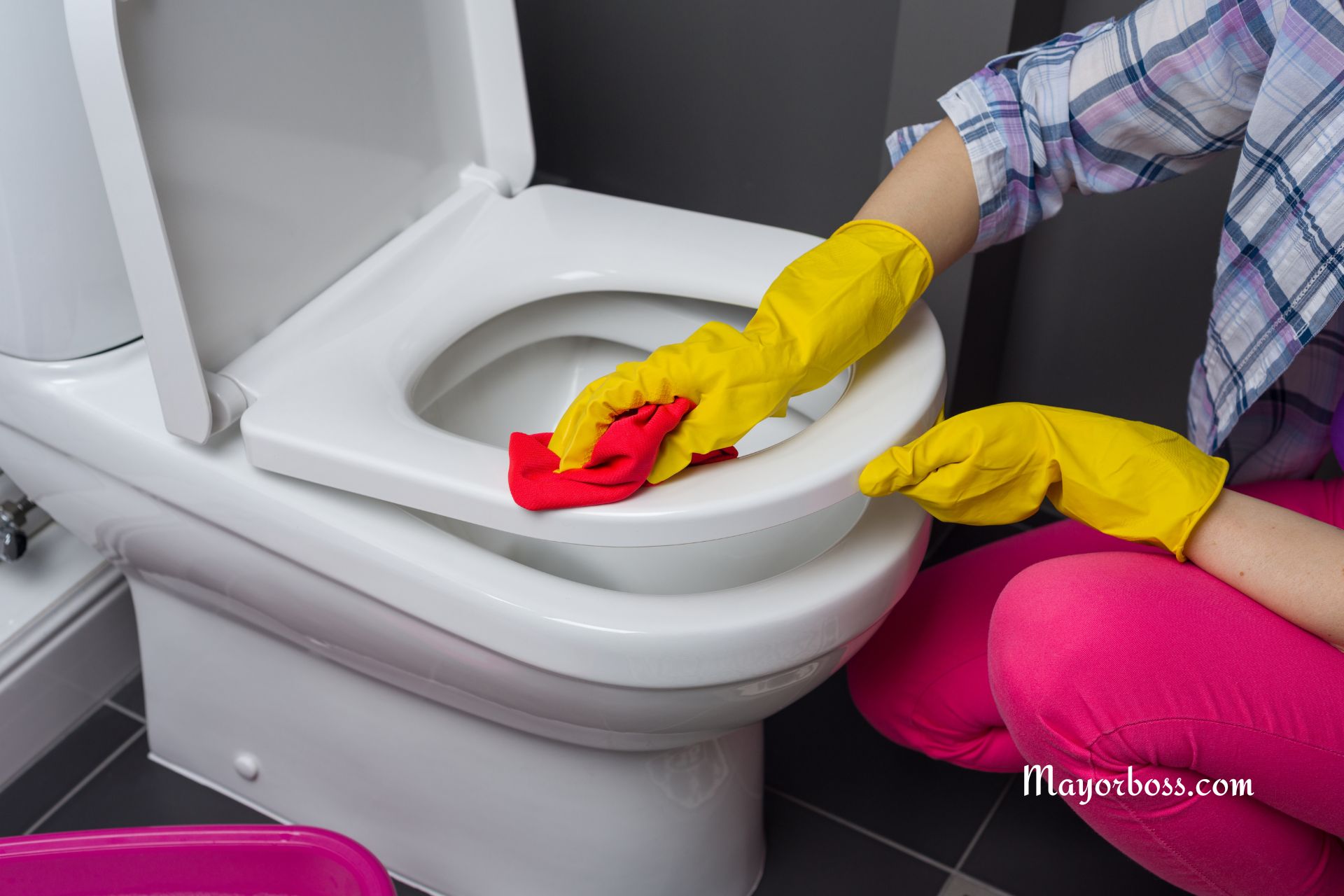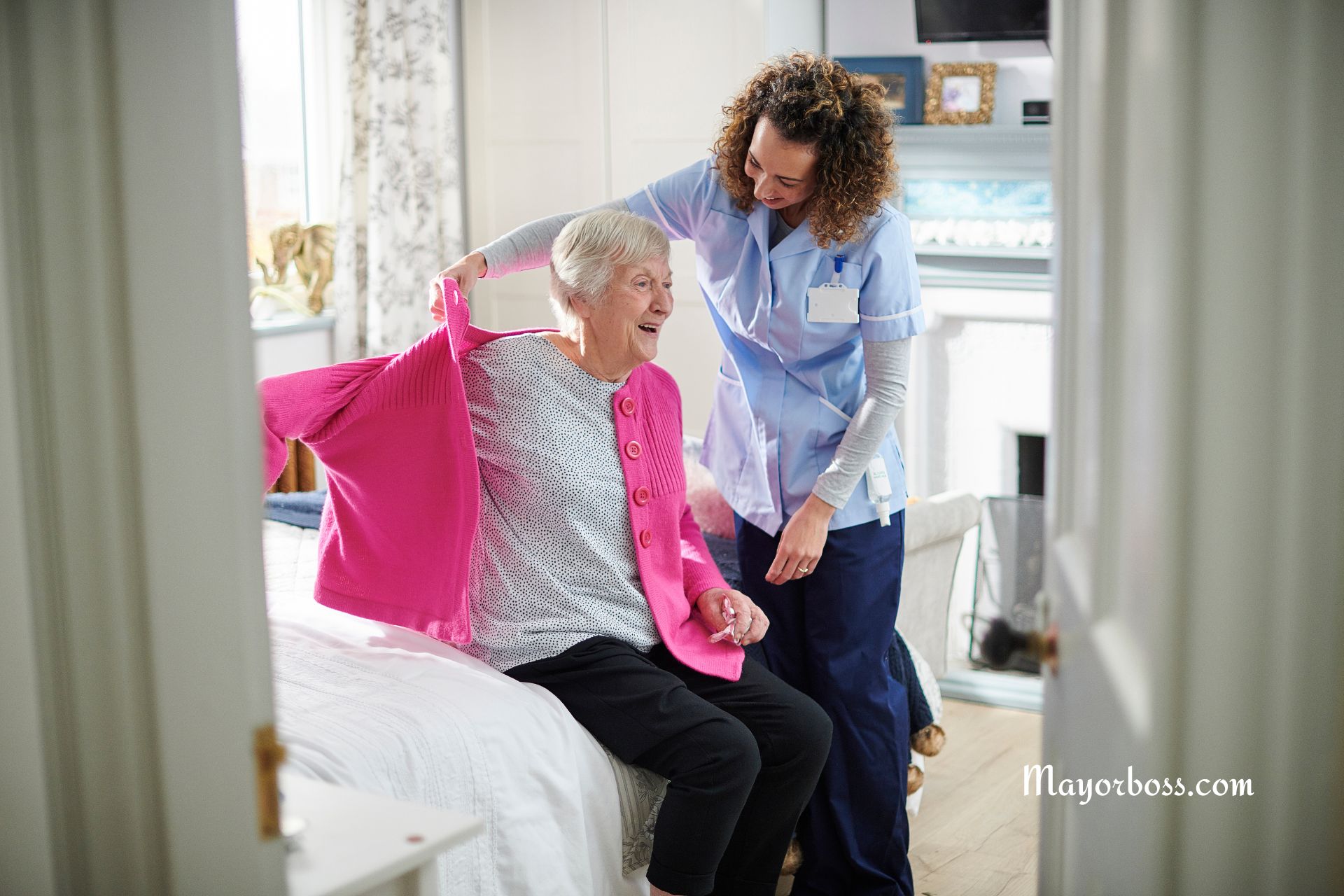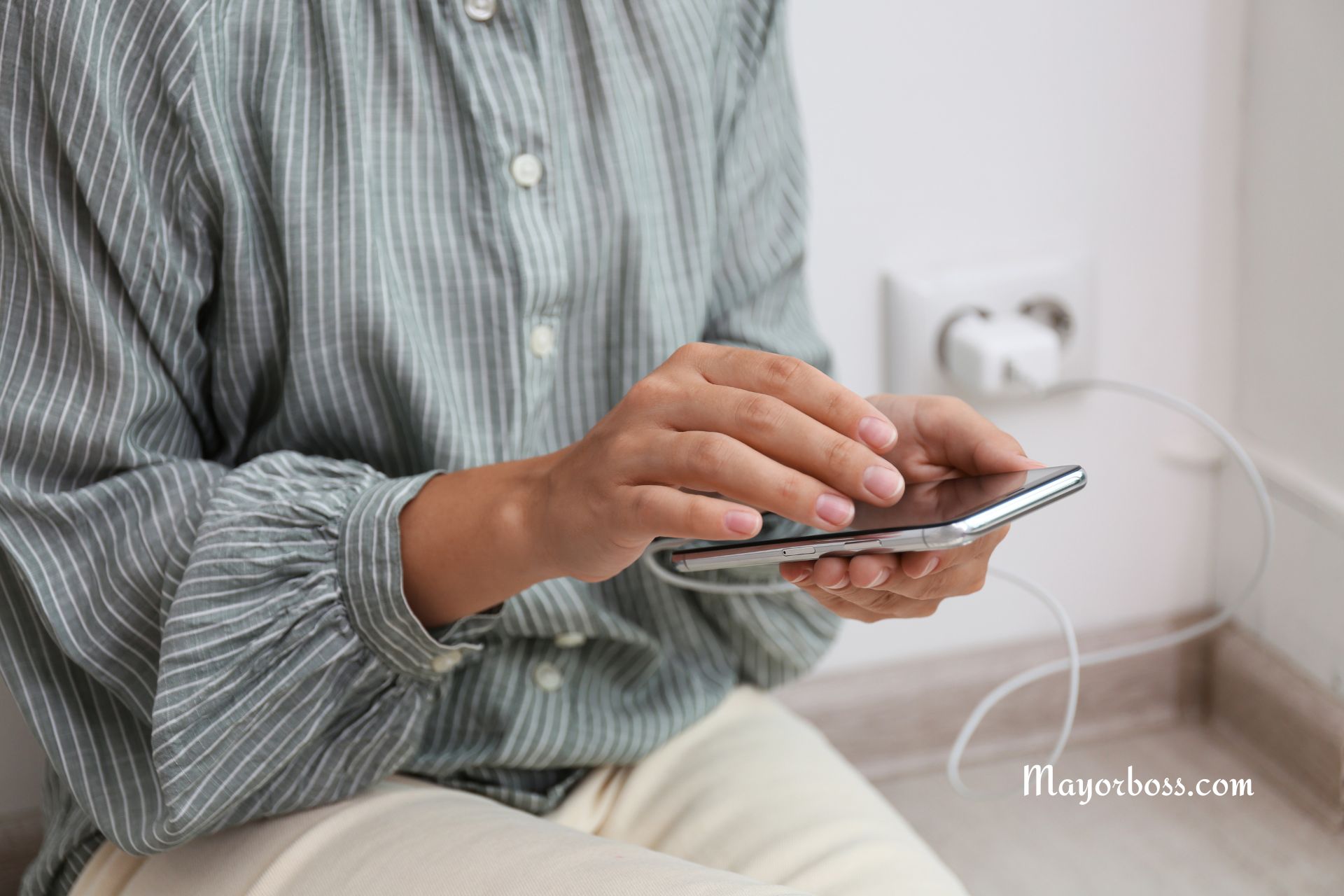12 Things to Never Buy at a Thrift Shop
While thrift shops can offer great bargains, certain items may put your health or safety at risk. Avoid buying products that are difficult to clean, may harbor germs, or can break down over time, such as mattresses, bedding, helmets, or old electronics.
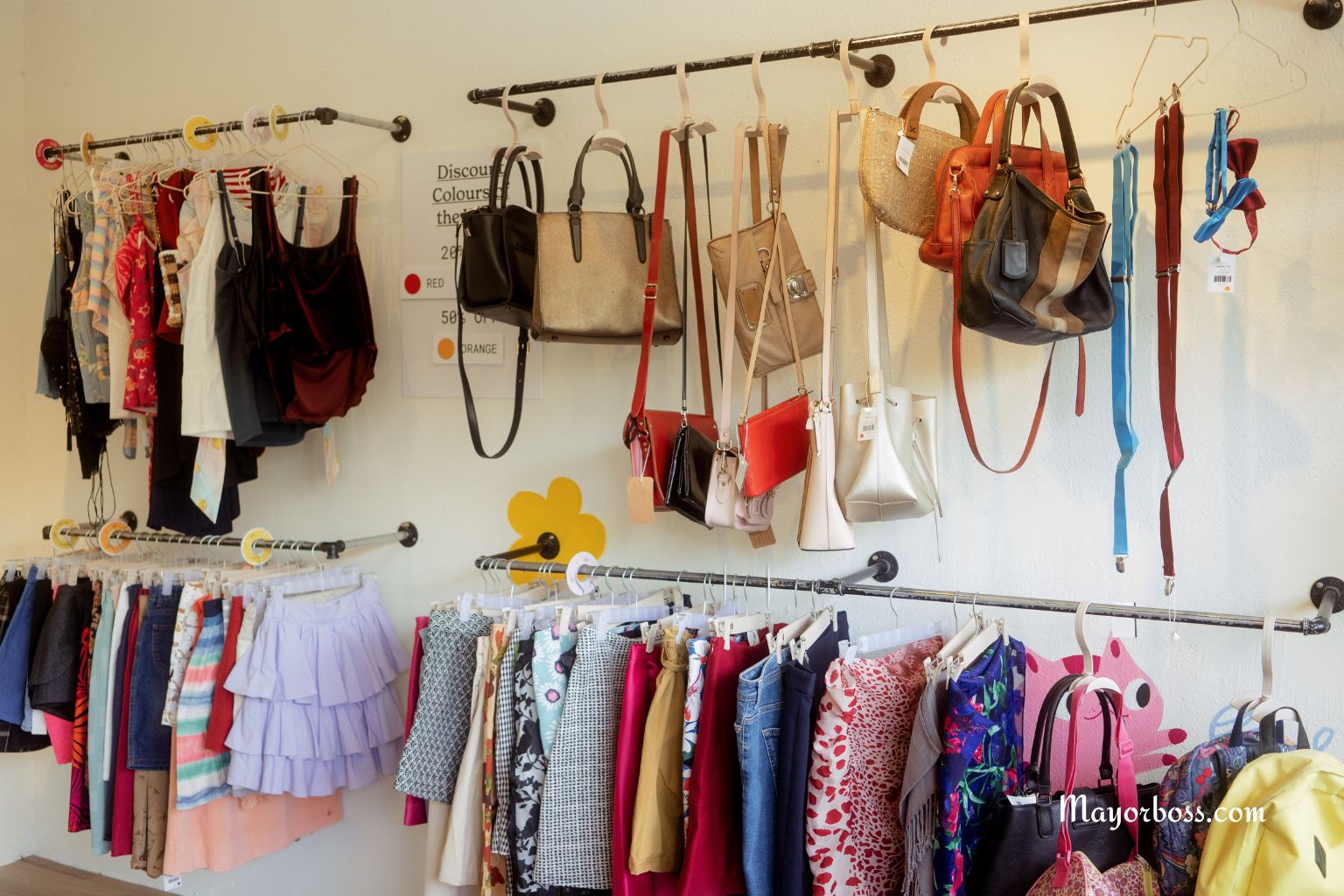
Thrift shops attract shoppers looking for unique finds and budget-friendly deals. You can discover quality clothing, home goods, books, and sometimes even antiques. But not every secondhand item belongs in your cart. Some thrift store treasures can bring unwanted surprises into your home. From hidden bacteria to safety hazards, knowing what to skip is just as important as knowing what to buy.
Below, you’ll find twelve things you should never buy at a thrift shop, along with the reasons these items are best purchased new.
1. Mattresses and Box Springs
Mattresses may look clean, but they can be home to bed bugs, dust mites, mold, and bacteria. These pests and germs are nearly impossible to remove completely, even with professional cleaning. The risks to your health far outweigh the savings. You’re better off buying a new mattress that meets modern safety and hygiene standards.
2. Bike and Sports Helmets
Helmets are designed to protect you during a fall or collision. If they’ve been in an accident, their internal structure may be damaged—even if the outside looks fine. There’s no way to know a helmet’s full history when you buy it secondhand. For your own safety, always buy a new helmet.
3. Cribs and Car Seats
Safety regulations for baby gear change frequently. Older cribs and car seats may not meet current standards and could even be subject to recalls. In addition, car seats may have hidden damage from previous accidents or wear. The best way to keep your child safe is to choose new, up-to-date products.
4. Used Shoes
While shoes can be tempting thrift finds, they mold to the shape of the previous owner’s feet. Wearing someone else’s shoes can lead to blisters, foot pain, or fungal infections such as athlete’s foot. It’s best to stick to new shoes, especially for daily wear or children’s footwear.
5. Nonstick Cookware
Scratched nonstick pans can release harmful chemicals when heated. Older nonstick surfaces may also contain substances now known to be unsafe. Since it’s hard to judge the condition or age of cookware in a thrift store, buy your pans new and keep them in good shape.
6. Small Kitchen Appliances
Secondhand toasters, blenders, or coffee makers might seem like bargains. However, these appliances can have hidden electrical problems or missing safety features. If the appliance is old or its wiring is damaged, it could even cause a fire. For your safety, purchase small appliances from reputable retailers and look for a warranty.
7. Stuffed Animals and Plush Toys
Stuffed toys can harbor dust mites, allergens, and bacteria. Even after washing, it’s difficult to ensure they’re truly clean, especially if the toy has been well-loved. For children, it’s best to buy new plush toys that are easy to wash and meet current safety guidelines.
8. Makeup and Personal Care Items
Secondhand makeup, lotions, or creams can carry bacteria or viruses. Once opened, these items quickly become breeding grounds for germs. Using old makeup can lead to skin infections, eye irritation, or worse. Always buy personal care products new and sealed.
9. Hats and Headphones
Hats and headphones sit close to your skin and hair, making them potential carriers of lice, dandruff, or fungi. Deep cleaning can be difficult, especially for items made from fabric or with foam padding. If you want to avoid unpleasant surprises, skip these items or buy them new.
10. Old Electronics
Electronics age quickly. Thrift shop gadgets may have missing chargers, outdated software, or internal damage. Sometimes, it’s not possible to test them in the store. Even if they seem to work, older electronics may pose fire risks or stop working soon after purchase. Choose electronics from stores that offer returns and guarantees.
11. Undergarments and Swimsuits
Underwear and swimsuits sit directly against your skin and can carry bacteria or fungi from previous owners. Even after washing, some germs can linger in fabrics. For hygiene and health reasons, these items are best bought new.
12. Upholstered Furniture
Used sofas, armchairs, or padded headboards may harbor bed bugs, pet dander, mold, or odors. Deep cleaning can be costly and often isn’t fully effective. Reupholstering can also cost more than buying new. When it comes to upholstered furniture, you’re safer sticking to new or professionally refurbished pieces.
Takeway
Shopping at thrift stores is a smart way to save money and live sustainably. Still, certain items pose health or safety risks that simply aren’t worth the bargain. Focus on gently-used clothing, solid wood furniture, books, and other items that are easy to clean and inspect. Save the risky purchases for the store, and bring home only what you can truly enjoy safely.
Frequently Asked Questions
1. Are there any safe ways to buy used mattresses or upholstered furniture?
No method can guarantee that a mattress or upholstered furniture is free of bed bugs, allergens, or bacteria. Professional cleaning helps but does not fully eliminate risk.
2. Can I buy used kitchenware at a thrift shop?
Metal and glass cookware are generally safe if they have no cracks or deep scratches. Always clean thoroughly before use.
3. Is it okay to buy children’s clothing from a thrift shop?
Yes, as long as the clothes are in good condition, washable, and free from loose buttons or choking hazards.
4. What about vintage electronics from thrift shops?
Vintage electronics may be collectible, but they aren’t always safe for regular use. Use them for display, not daily operation.
5. What are the best things to buy at a thrift shop?
Books, solid furniture, home décor, picture frames, and gently used clothing are usually safe thrift shop purchases.

